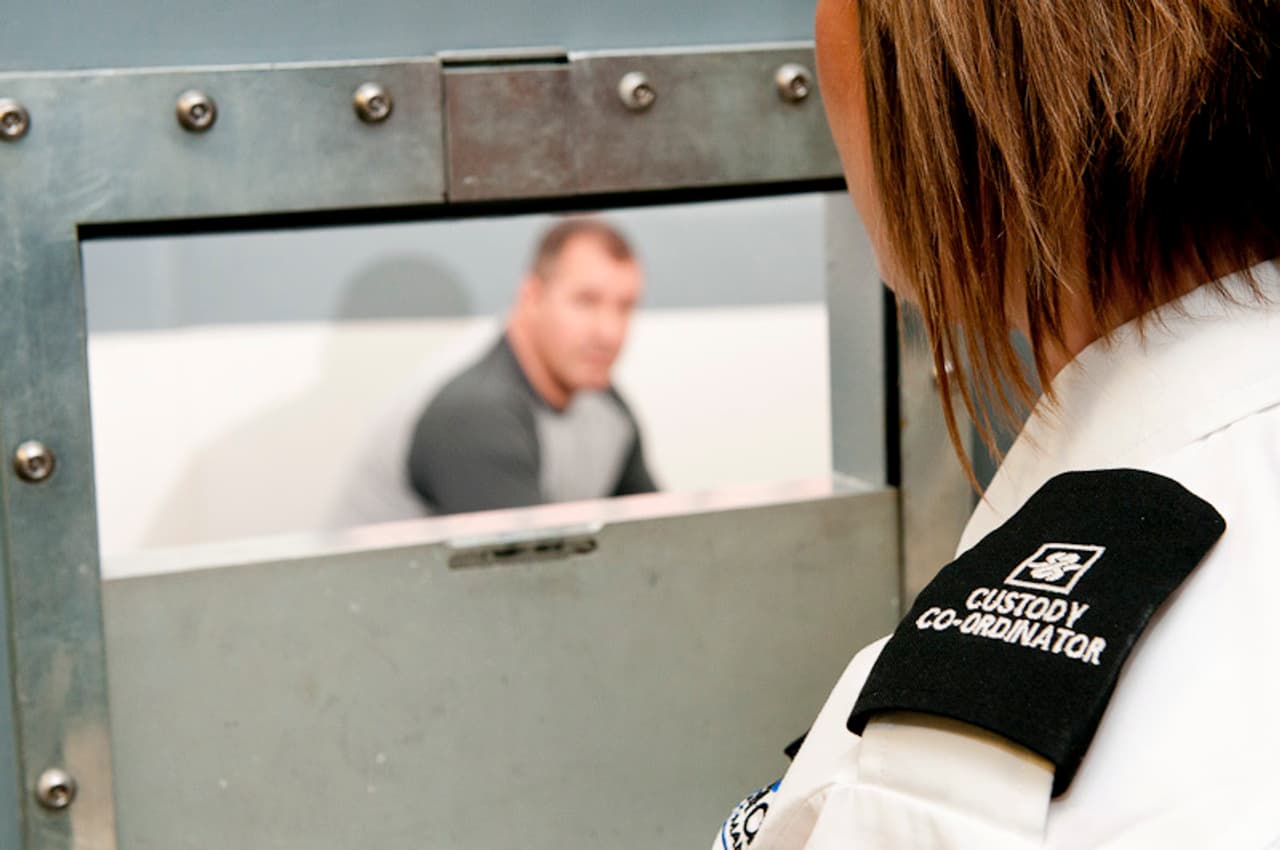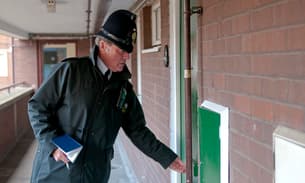
Revealed: Deaths that were not in official report
Between 1998 and 2009, according to the IPCC, there were 16 cases of restraint related deaths in police custody.
The data, however, on which this conclusion was based was not available for scrutiny. After months of protracted argument and Freedom of Information requests the IPCC finally released to the Bureau the names of 86 people who died in circumstances where restraint was used but was not necessarily a direct cause of death.
It is from this that the list of 16 is derived.
We cross-referenced these names with other cases in the public domain and found there were other cases that did not appear in the list of 16, in which restraint clearly played a part in the deaths.
This included the case of Simon Bosworth, a property valuer in Peterborough, who died after police restrained him, possibly as he was having an epileptic fit.
It turns out the IPCC has a very tight definition of ‘in custody’ – defined only as when someone has been formally arrested or detained under the mental health act. This does not include people who have died simply after being in contact with the police.
Despite the fact that the IPCC conducted its own investigation into Mr Bosworth’s death and cited prone restraint and struggling as part of the cause of death – his name is not included in either the IPCC’s list of 16 or the total list of 86.
When asked about this omission, Tom Bucke, head of analytical services at the IPCC, said: ‘We recognise it’s restraint, we recognise it’s a serious case and therefore that’s why we did an investigation into it. It’s simply that when we reported on the figures one of the sub categories is deaths in custody and Simon Boswell didn’t appear in there, but appeared in the overall figures for that year.’
Defining ‘in custody’
It turns out the IPCC has a very tight definition of ‘in custody’ – defined only as when someone has been formally arrested or detained under the mental health act. This does not include people who have died after being in contact with the police.
There are in fact two lists. The one which includes the widely quoted list of sixteen deaths in custody only records the cases where the person has been arrested or detained under the mental health act. So, an individual who comes into contact with the police – is never arrested or detained – but nonetheless dies after being restrained, is not included in the figures.
In Mr Bosworth’s case, for example, he called the police because he thought he was being burgled. He was restrained because he was acting strangely – but not arrested.
The Bureau asked Mr Bucke how many restraint related deaths following contact with the police there had been, he conceded the IPCC ‘would have to look into those cases in a bit more detail’ and that this is something ‘we are seriously considering doing in the next financial year’.
Glaring omissions?
There are other cases which raise serious questions about the information published by the IPCC. There are seemingly glaring omissions. The IPCC’s definitive list of 16 deaths in police custody does not include well-publicised cases like that of Roger Sylvester – a case that led the Metropolitan police to review restraint training.
But even using the IPCC’s tightly drawn definition, the Bureau has identified cases that are still missing.
Giles Freeman, a schizophrenic from Slough, is not on the list. The inquest jury handed down a narrative verdict that he died of: ‘cardio-respiratory arrest as a result of restraint and excessive activity whilst suffering a psychotic episode.’
Another is Andrew Jordan. He was detained by police officers under the Mental Health Act. The inquest jury found that: ‘Mr Jordan died in part because of asphyxia caused by prolonged restraint.’
The IPCC figures showing the relatively low level of deaths in custody have been used to inform the debate over the use of restraint by the police.
Our investigation has raised serious questions about the definitions being used, which exclude cases that are clearly relevant.
Editor’s Note: Since this story went live, the IPCC asked the Government Statistical Service to review its figures. In a report issued in March 2012 they said more could be done to improve users’ understanding of the IPCC reports and made a series of recommendations which said would “enhance public confidence” in the figures. They said that, under the current system, cases were correctly classified.




